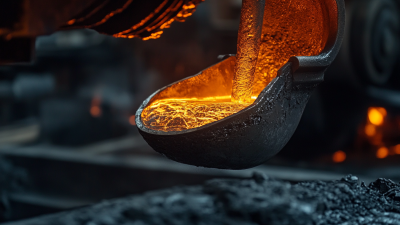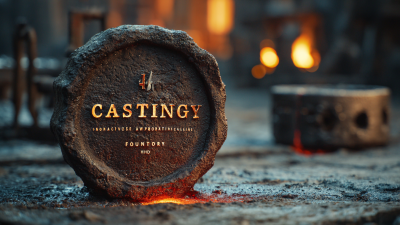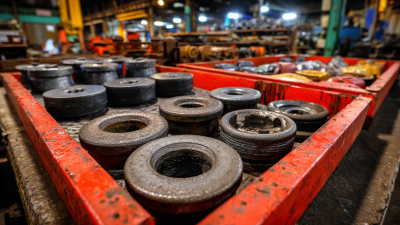In the ever-evolving landscape of manufacturing, the demand for high-quality casting foundry products continues to rise, driven by advancements in technology and the pursuit of mass customization. According to a report by Grand View Research, the global foundry market is projected to reach USD 228.63 billion by 2025, growing at a CAGR of 5.6%. As industries like automotive, aerospace, and construction rely heavily on casting foundry outputs to meet their production needs, sourcing strategies have become crucial for businesses seeking competitive advantages. With a myriad of options available worldwide, identifying the best suppliers and understanding diverse manufacturing capabilities can significantly impact product quality and cost-efficiency. This blog will explore top strategies for sourcing high-quality casting foundry products globally, providing actionable insights for companies looking to enhance their supply chains and ensure sustainability in their operations.
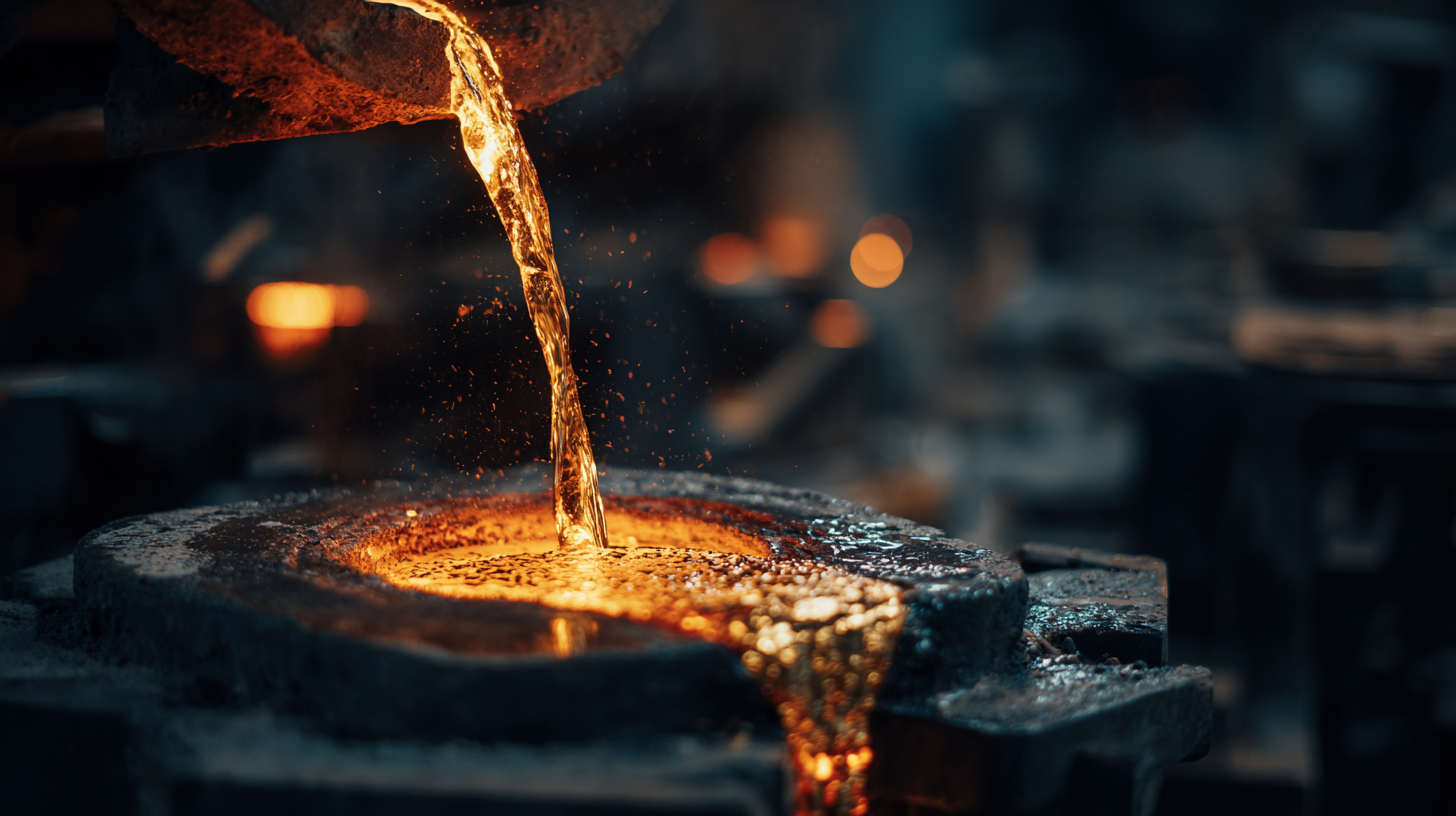
When sourcing high-quality casting foundry products globally, understanding the key factors that influence their quality is crucial. A study by MarketsandMarkets projects that the global foundry market could reach USD 230 billion by 2025, highlighting the growing demand for superior casting products. Quality is affected by several key elements, including raw material selection, manufacturing processes, and environmental conditions. Notably, the type of metal used significantly influences the durability and performance of the final product; for instance, cast iron remains a staple due to its excellent machinability and strength.
Tips for sourcing the best casting foundry products include conducting thorough supplier assessments and requesting samples for quality analysis. Implementing rigorous quality control measures is essential; companies such as ASTM International provide guidelines for evaluating material properties to ensure compliance with industry standards. Additionally, it's important to consider the foundry's technological capabilities. According to a report by Grand View Research, advancements in automation and predictive maintenance can enhance quality consistency, making it vital to partner with foundries that prioritize innovation.
Furthermore, the geographical location of the foundry can affect the logistics and delivery timelines. Sourcing from foundries with established reputations and certifications can mitigate risks associated with quality discrepancies. Engaging in an open dialogue about production capabilities and quality expectations with potential suppliers can pave the way for successful international sourcing relationships.
This chart illustrates the key factors influencing the quality of casting foundry products globally. The data represents various factors and their perceived importance when sourcing from different regions.
In today's fast-paced manufacturing landscape, technology plays a pivotal role in enhancing casting production efficiency. One of the most significant advancements is the integration of robotics in manufacturing processes. These systems not only boost productivity but also ensure precision, ultimately helping foundries maintain a competitive edge. As die casting technology evolves, innovations such as water-free minimum quantity lubrication (MQL) die release technology are emerging, allowing for increased efficiency and quality in casting operations. This shifting paradigm highlights the necessity for foundries to continually optimize their processes and adopt cutting-edge technologies.
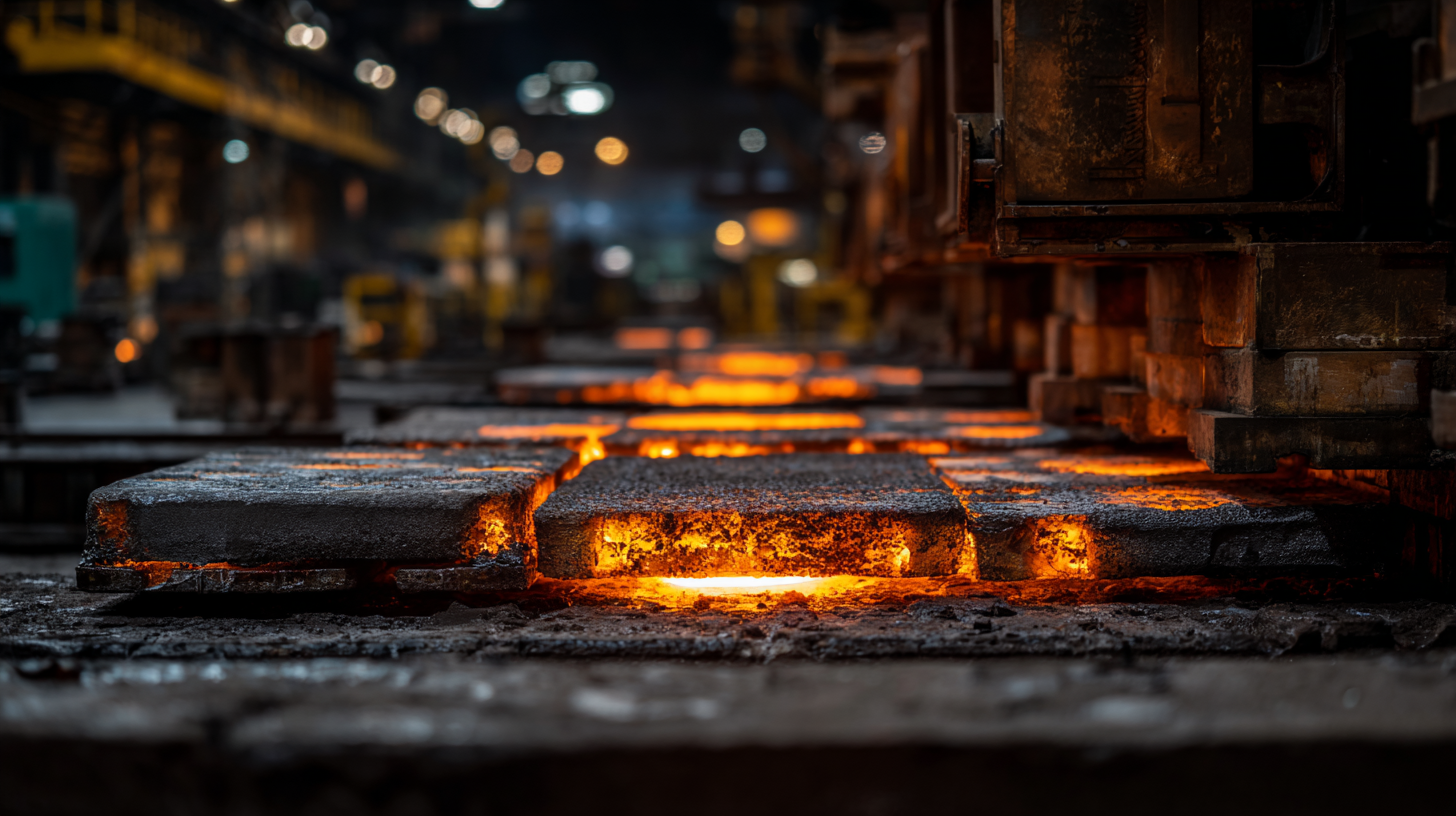
Moreover, the sustainability trend in manufacturing is leading to significant advancements in materials and techniques. For instance, research into adaptive sand mold structures in 3D printed sand casting is promoting environmentally friendly practices. Likewise, the adoption of blockchain-integrated Internet of Things (IoT) devices is transforming quality control by facilitating real-time defect detection and data traceability in investment casting. These technological enhancements not only streamline operations but ensure that the products meet high-quality standards while adhering to sustainability practices. As the industry continues to embrace these innovations, the synergies between technology and efficiency are set to redefine the future of casting production.
The global casting foundry market has been experiencing significant changes, influenced by technological advancements, economic fluctuations, and evolving consumer preferences. A comparative analysis of these markets reveals distinct trends specific to regions, highlighting the importance of understanding local dynamics when sourcing high-quality foundry products. For instance, countries like China and India have seen rapid growth in production capacity, leveraging lower labor costs and expanding infrastructure. In contrast, Europe is focusing on sustainability, investing in eco-friendly processes and materials to meet stringent environmental regulations.
Emerging markets are also adapting to the rise of automation and digital technologies, which enhance efficiency and quality control in the casting process. Countries such as Brazil and Mexico are increasingly adopting these technologies, making them competitive players in the global arena. The shift towards low-carbon practices is another noteworthy trend, as foundries worldwide seek to reduce their carbon footprints while maintaining competitiveness. This evolving landscape requires sourcing strategies that prioritize not only cost-effectiveness but also sustainability and innovation. Understanding these trends allows businesses to make informed decisions when selecting partners across various global casting foundry markets.
In the complex landscape of global sourcing, evaluating supplier credentials has never been more crucial. As businesses seek high-quality casting foundry products, the focus should extend beyond mere cost considerations. Key metrics for ensuring quality assurance include supplier qualifications, historical performance data, and adherence to safety standards. Implementing a robust supplier qualification system can help mitigate risks and ensure that the components sourced meet the strictest safety and quality standards, ultimately safeguarding the entire supply chain.
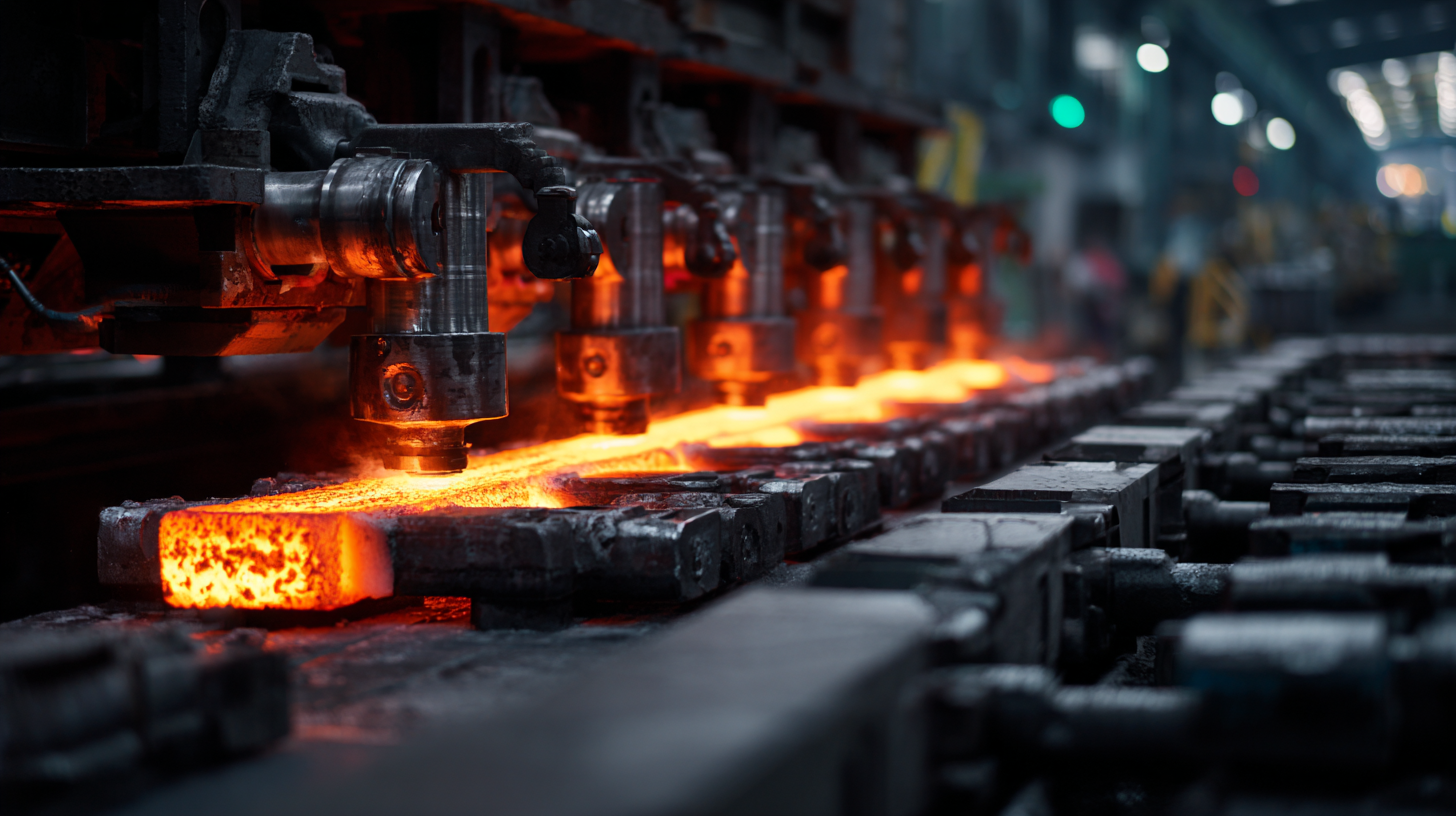
Embracing technologies such as deep learning and machine learning can further enhance supplier evaluation processes. These innovative techniques facilitate more accurate supplier selection by analyzing vast data sets and identifying potential risks associated with ingredient sourcing. Implementing AI-driven analytics will not only streamline the qualification procedures but also provide insights into suppliers’ sustainability practices—an increasingly important aspect for procurement leaders aiming to reduce their environmental footprint. By adopting these strategies, organizations can secure a reliable supply chain and enhance their commitment to quality and sustainability in their procurement processes.
Quality control in the global casting foundry supply chain is paramount for ensuring the reliability and performance of casting products. To achieve this, implementing a thorough quality assurance plan at every stage of production is essential. This includes selecting foundries with ISO certification and a proven track record of adhering to quality management systems. Developing strong relationships with suppliers enables regular audits and assessments, allowing for immediate identification and rectification of any quality issues before they escalate.
Additionally, utilizing advanced technologies such as real-time monitoring tools and data analytics can significantly enhance quality control efforts. These technologies facilitate better tracking of production processes, material sourcing, and inventory management. Combining this with standardized inspection protocols ensures that products meet specified criteria. Engaging third-party quality inspection services can provide an extra layer of assurance, especially when sourcing from different countries. By focusing on these best practices, businesses can minimize risks and enhance the overall quality of their casting foundry products on a global scale.
| Dimension | Best Practices | Quality Control Methods | Region |
|---|---|---|---|
| Material Selection | Use certified suppliers | Chemical composition analysis | Asia |
| Supplier Audits | Conduct regular audits | Third-party audit reports | Europe |
| Casting Process | Implement lean manufacturing | Process monitoring systems | North America |
| Product Testing | Conduct pre-shipment inspections | Destructive and non-destructive testing | South America |
| Logistics & Delivery | Optimize supply chain logistics | Real-time tracking systems | Africa |
